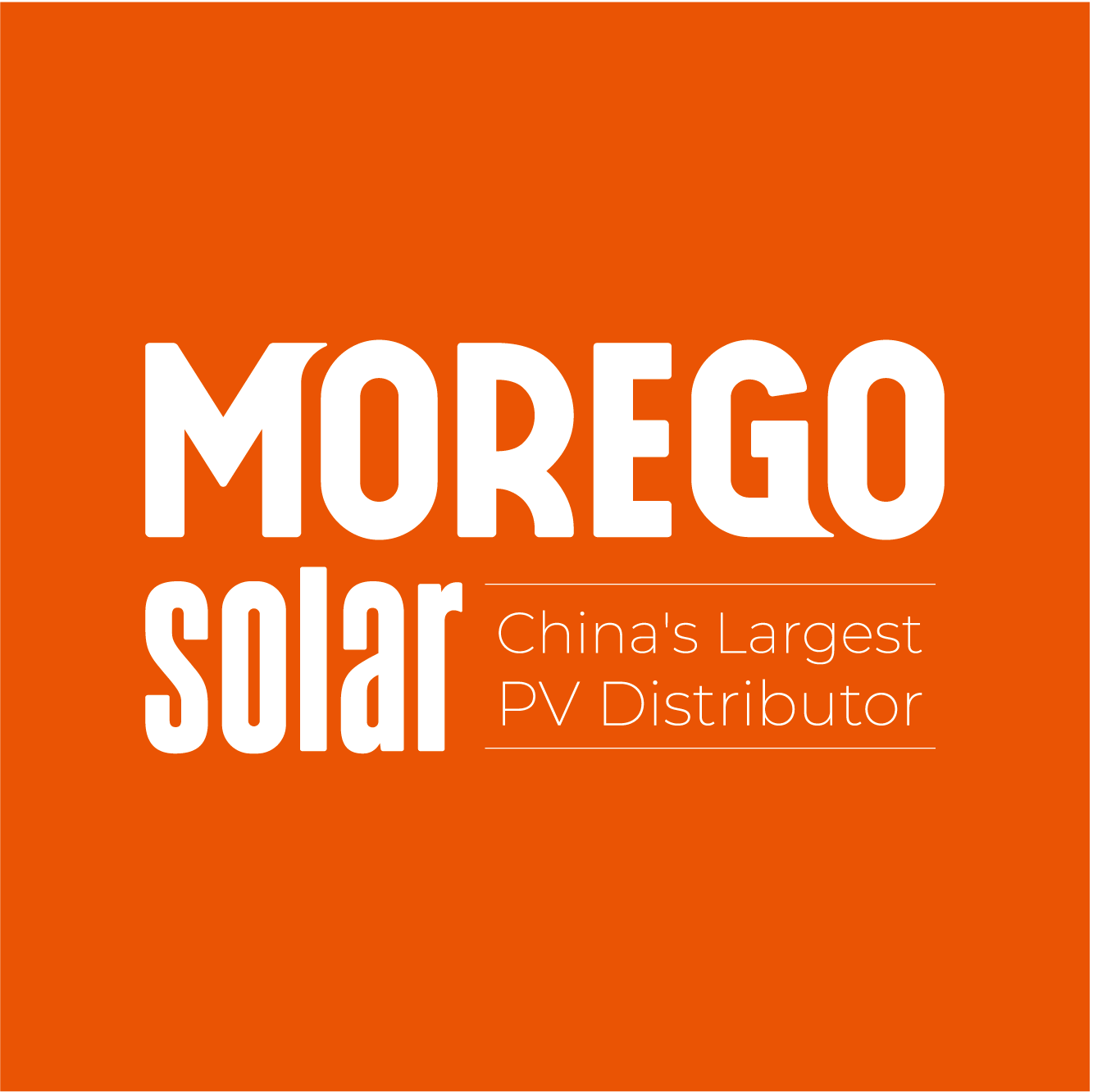A small difference in degradation rate, from 0.4% to 0.35%, can indeed have a noticeable impact on long-term energy production. However, the extent of this impact depends on several factors, including the size of the power station, its operating lifespan, and the annual sunlight hours. We can use specific calculations to better understand how this difference affects energy generation.
1. Definitions and Assumptions:
We assume we have a 1 MW (1000 kW) solar power station.
Initial solar panel power: 620W per panel.
Number of solar panels in the power station: 1000000W / 620W≈1613 panels
Sunlight hours: Assume 1000 hours of sunlight per year.
0.4% degradation rate: A 0.4% reduction in power each year from the 2nd to the 25th year.
0.35% degradation rate: A 0.35% reduction in power each year from the 2nd to the 25th year.
2. Calculating Annual Power Generation Differences:
First, we calculate the total power of the solar panels after 25 years for both degradation rates, then estimate the difference in energy production based on the annual sunlight hours.
Calculation for 0.4% Power Degradation Rate:1. Initial power: 620W2. Degradation formula:
P25 years=P0×(1−r)24,
where r is the annual degradation rate and P0 is the initial power.
P25 years=620×(1−0.004)24≈14601W
Power after 25 years: 14601W,
and the average annual power is (620+14601) / 2 =584.04W

Calculation for 0.35% Degradation Rate:
P25 years=620×(1−0.0035)24≈14694W
Power after 25 years: 14694W, and the average annual power is
(620+14694) / 2=587.76W

Power Difference:
The power difference between the 0.35% degradation rate and the 0.4% degradation rate: 14694W−14601W=93W
Annual Energy Generation Difference:
Power difference per solar panel: 93W.
Number of panels in the station: 1613 panels.
Total power difference:
93W×1613≈150,609W=150.6kW
Now, using the assumed annual sunlight hours of 1000 hours,
the Annual Energy Generation Difference is:
150.6kW×1000hours=150,600kWh
150600/25 years=6024 kWh per Year
Therefore, the difference in degradation rate will result in approximately 150,600 kWh of additional energy production per year.

3. Conclusion:
Although the degradation rate difference of 0.4% vs 0.35% is only 0.05%, it can accumulate a significant energy generation advantage over the 25-year lifespan of the panels. In our calculations, this difference results in an additional 150,600 kWh of energy, which is quite substantial for a 1 MW power station.
Practical Significance:
Over the long term, the degradation rate difference not only affects the annual energy generation but can also impact the overall economic returns and investment profitability of the power station.
Even a 0.05% difference in degradation can accumulate into a notable energy production difference, especially over a long operating period.
| Hot-Selling Solar Panels Parameter | |||||
| Brand | Model | Solar Cell Tech. | Power | Type | 2-25 years Power Degradation |
| JA solar | JAM66D42-590MB | Topcon | 590W | Bifacial | 0.40% |
| Jinko solar | JKM590N-72HL4-BDV | Topcon | 590W | Bifacial | 0.40% |
| Longi | LR5-72HTH-590M | HPBC | 590W | Mono-facial | 0.40% |
| Canadian Solar | CS6W-590TB-AG | Topcon | 590W | Bifacial | 0.40% |
| Trina Solar | TSM-NEG19RC.20 | Topcon | 590 | Bifacial | 0.40% |
| Longi | LR7-72HVH-650M | HPBC 2.0 | 650W | Mono-facial | 0.35% |
| Aiko Solar | AIKO-G650-MCH72Dw | ABC | 650W | Bifacial | 0.35% |
DownLoad Datasheet | Get The Latest Price List
Thus, even a seemingly small degradation rate difference can have a significant impact on the long-term energy efficiency and overall performance of a solar power station.

